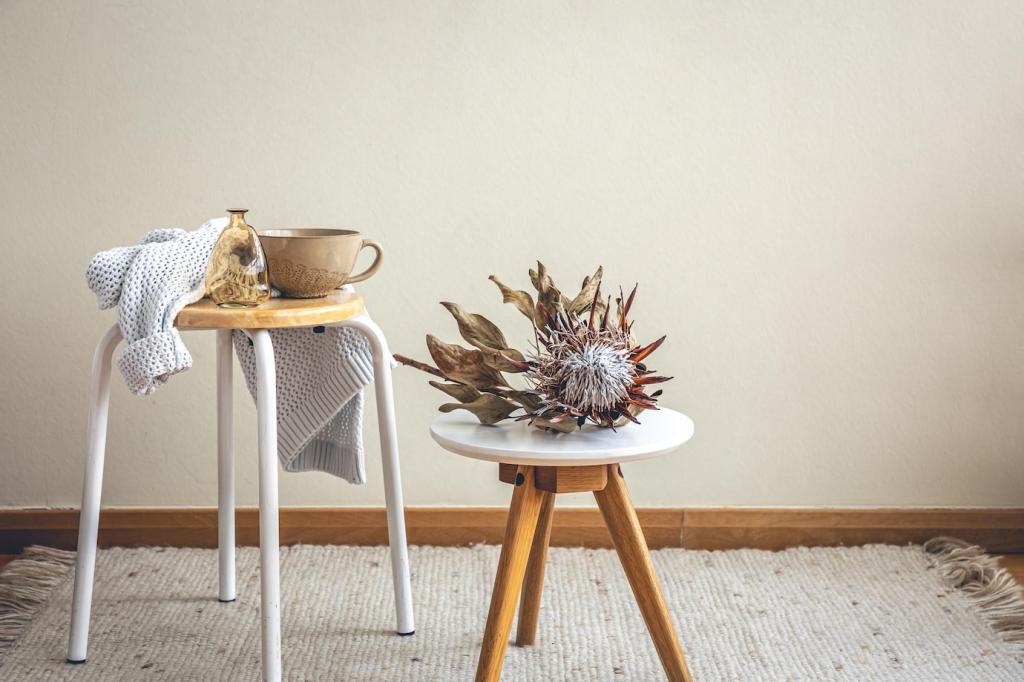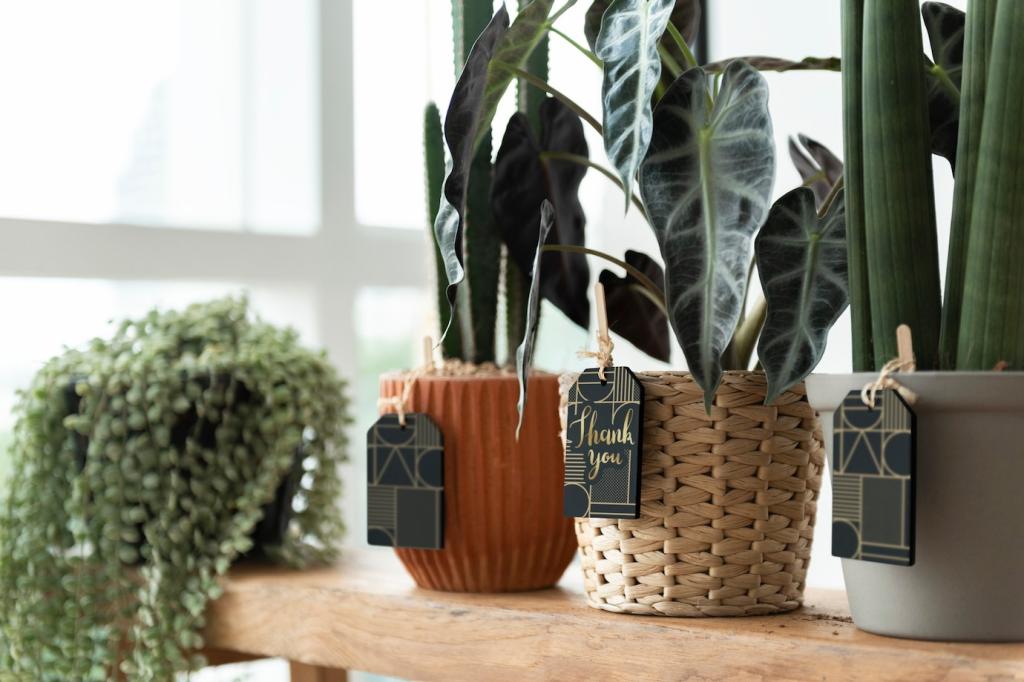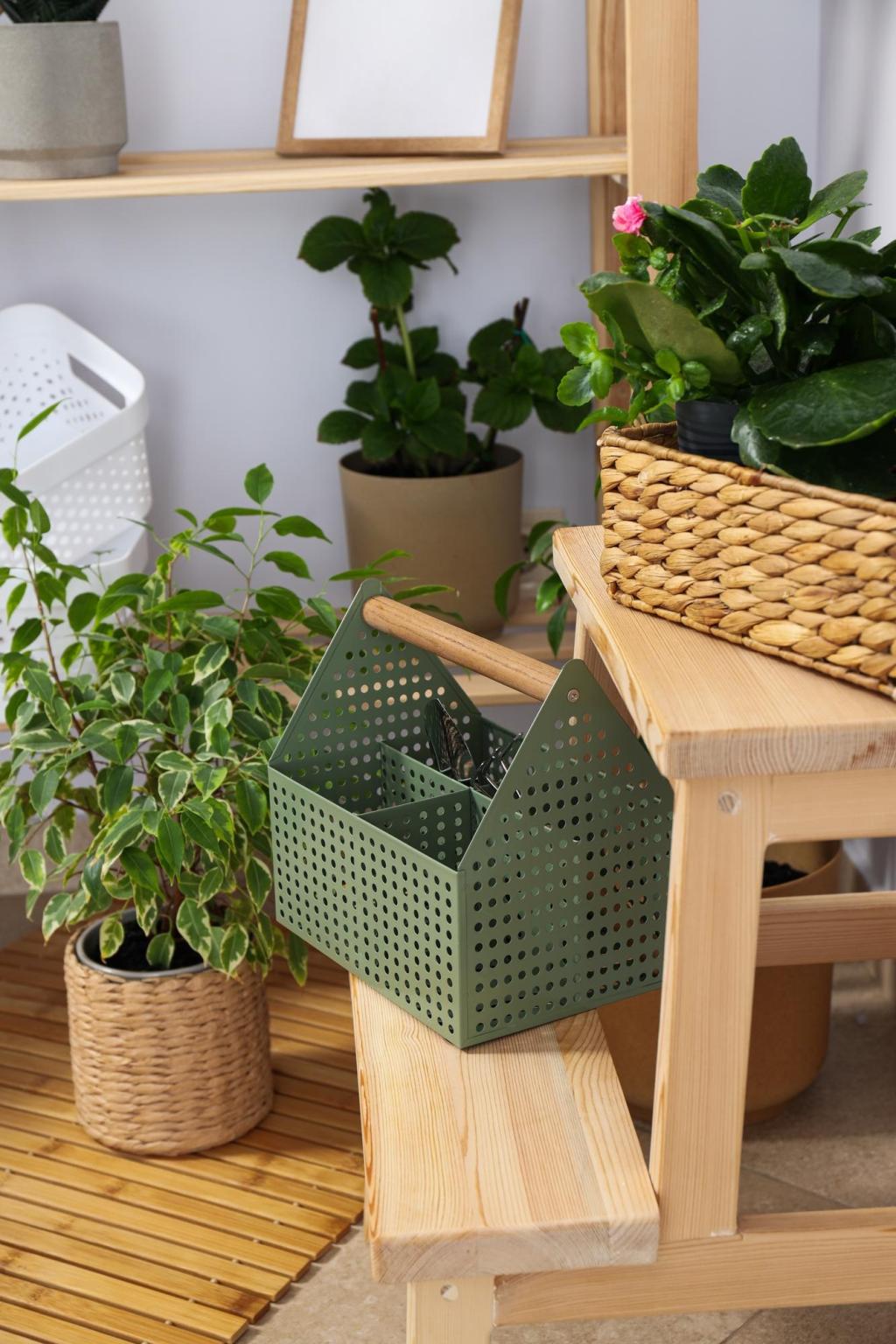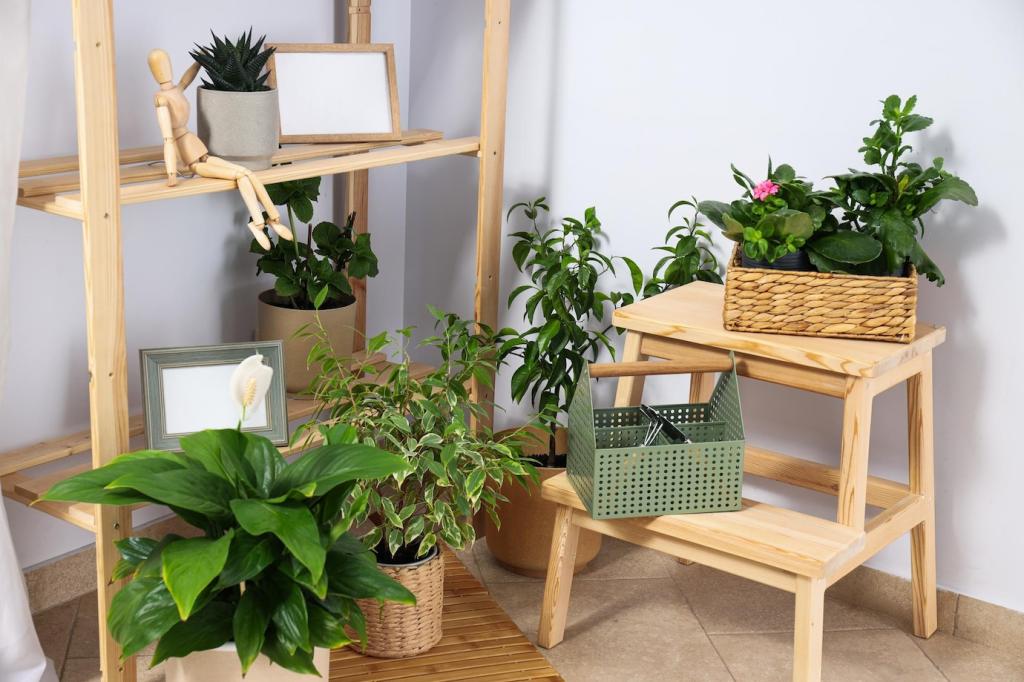Care, Maintenance, and Air Quality
Try castile soap, baking soda, and diluted alcohol for glass. Reserve vinegar for non-stone surfaces to avoid etching marble or limestone. Hydrogen peroxide helps with grout. Share your favorite low-scent recipes, and we will highlight reader-tested formulas in an upcoming post.
Care, Maintenance, and Air Quality
Aim for 40–50 percent relative humidity, ventilate after cooking and showers, and vacuum weekly with a sealed HEPA unit. Houseplants calm the mind, even if air-purifying claims are often overstated. Comment with your ventilation challenges and we will suggest practical, budget-friendly fixes.









